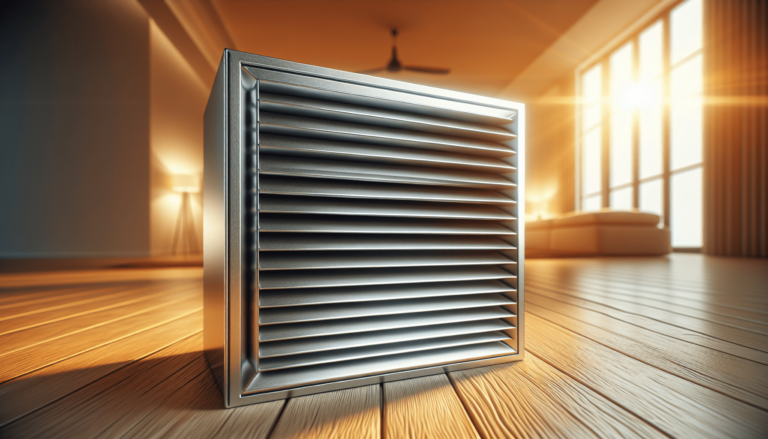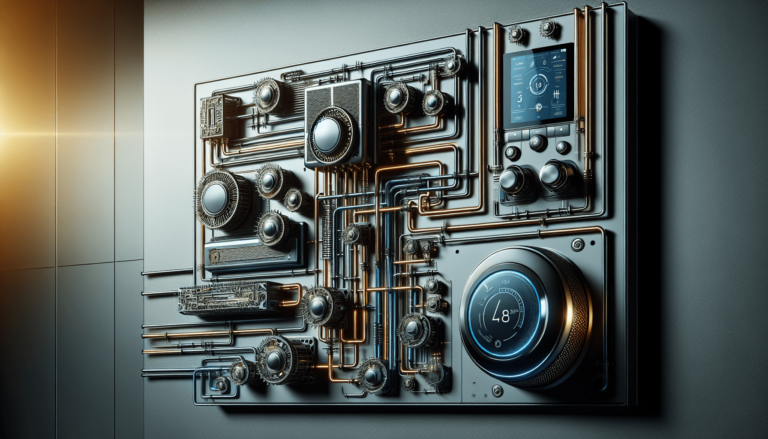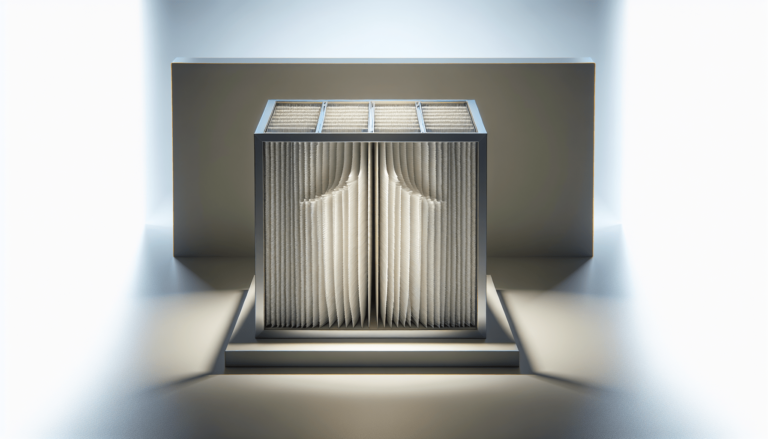

HVAC Services
Get Professional Repairs From The Area's Trusted HVAC Technicians. Ask About Our Services! We Offer Professional Heating & Cooling System Repairs And Guarantee Long-Lasting Results.
Got Question? Call us: (850) 678-2665Financing
Maximizing HVAC Efficiency: Tips for Optimal Performance
Looking to maximize HVAC efficiency? In this article, we provide tips to optimize performance and extend lifespan. Achieve optimal efficiency now!
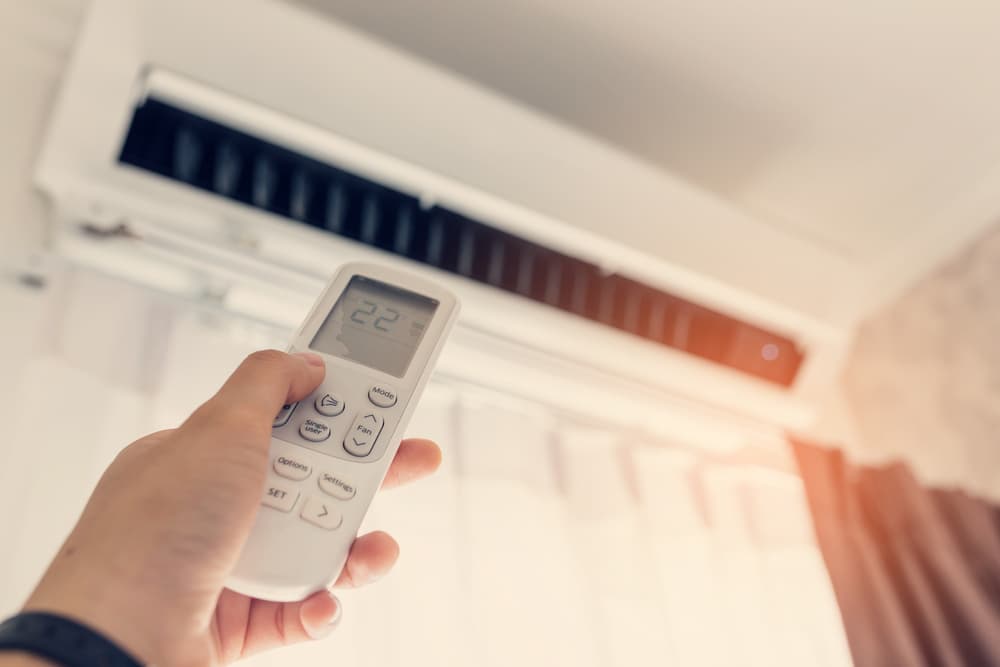
Looking to maximize the efficiency of your HVAC system? Look no further! In this article, we will provide you with some valuable tips to optimize the performance of your heating and air conditioning unit. Whether you’re looking to save on energy costs or increase the lifespan of your HVAC system, these tips will help you achieve optimal efficiency. So, let’s dive in and uncover the secrets to maximizing HVAC efficiency!
Maximizing HVAC Efficiency: Tips for Optimal Performance
When it comes to maximizing the efficiency of your HVAC system and ensuring optimal performance, regular maintenance is key. By keeping up with routine maintenance tasks, you can prolong the lifespan of your equipment, improve energy efficiency, and maintain a comfortable indoor environment. Here are some important maintenance tasks to prioritize:

This image is property of brakeheatingandair.com.
Regular Maintenance
Clean or Replace the Air Filters
cleaning or replacing the air filters in your HVAC system is one of the simplest yet most effective ways to maximize efficiency. Over time, air filters can become clogged with dirt, dust, and debris, which obstructs airflow and reduces the system’s efficiency. By cleaning or replacing the filters regularly, you can improve indoor air quality and promote optimal airflow, allowing your HVAC system to operate at its best.
Check and Clean the Condenser Coils
The condenser coils in your HVAC system play a crucial role in heat exchange. Over time, these coils can accumulate dirt and debris, hindering their ability to transfer heat effectively. Regularly checking and cleaning the condenser coils can improve energy efficiency and prevent unnecessary strain on your system. It is recommended to have a professional HVAC technician perform this task to ensure thorough cleaning without causing any damage to the coils.
Inspect and Clean the Blower Motor and Fan Assembly
The blower motor and fan assembly are responsible for circulating air throughout your HVAC system. If dust and debris accumulate in these components, it can reduce airflow and strain the motor, leading to decreased efficiency. Regular inspection and cleaning of the blower motor and fan assembly can help maintain optimal airflow and prevent unnecessary energy consumption.
Check the Refrigerant Levels and Leaks
Proper refrigerant levels are essential for the efficient operation of your HVAC system. Too little or too much refrigerant can cause poor performance and increase energy consumption. Regularly checking the refrigerant levels and ensuring there are no leaks can help maintain optimal efficiency and prevent potential damage to your system. This task should be performed by a qualified HVAC technician who can accurately assess and address any refrigerant-related issues.
Clean and Clear the Drainage System
The drainage system in your HVAC system is responsible for removing condensation and excess moisture. Over time, the drainage system can become clogged with dirt, algae, or other debris, leading to water backups and potential damage. Regularly cleaning and clearing the drainage system can prevent water damage, improve indoor air quality, and maximize the efficiency of your HVAC system.
Now that you understand the importance of regular maintenance, let’s explore some additional strategies to optimize the efficiency of your HVAC system.
Optimal Thermostat Settings
the thermostat is a powerful tool when it comes to controlling the temperature and energy usage in your home. By utilizing the following tips, you can optimize thermostat settings for maximum efficiency:
Program the Thermostat
Programmable thermostats allow you to set different temperature levels for different times of the day. By programming your thermostat to adjust temperatures when you are asleep or away from home, you can significantly reduce energy consumption and save on your utility bills. Aim to set the temperature a few degrees higher in the summer and lower in the winter for optimal energy savings.
Utilize the Programmable Thermostat Features
Modern programmable thermostats often come with advanced features such as Wi-Fi connectivity and smartphone apps. Take advantage of these features to remotely control your thermostat settings. This allows you to make temperature adjustments even when you’re not at home, ensuring optimal comfort and energy efficiency.
Set Temperature According to Occupancy
Adjusting the temperature based on occupancy can help optimize HVAC efficiency. If you’re away from home for an extended period, consider setting the temperature higher in the summer or lower in the winter to conserve energy. When you return, the thermostat can gradually adjust the temperature to your desired comfort level.
Use Zoning Systems to Control Temperature in Different Areas
Zoning systems divide your home into different zones, allowing you to control the temperature independently in each area. This can be particularly beneficial if certain areas of your home require different cooling or heating requirements. By only conditioning occupied zones, you can minimize energy waste and maximize efficiency.
Upgrade to a Smart Thermostat
Consider upgrading to a smart thermostat for enhanced energy efficiency and convenience. Smart thermostats can learn your daily routines, automatically adjust temperatures, and provide energy usage reports. Additionally, they can integrate with other smart home devices, offering a more comprehensive approach to energy management.
Now that we’ve covered thermostat settings, let’s discuss the importance of sealing and insulation in maximizing HVAC efficiency.
Sealing and Insulation
Proper sealing and insulation play a crucial role in preventing energy loss and maintaining a comfortable indoor environment. By addressing air leaks and ensuring adequate insulation, you can reduce the workload on your HVAC system and improve overall efficiency. Here are some essential sealing and insulation tips:
Seal Air Leaks in Ductwork
Leaky ductwork can result in significant energy loss and reduced HVAC efficiency. Inspect your ductwork for any visible leaks or gaps and seal them using HVAC-approved tape or mastic sealant. Sealing leaks in the ductwork can prevent conditioned air from escaping into unconditioned spaces and ensure that the air reaches its intended destination.
Insulate Ductwork to Prevent Energy Loss
In addition to sealing leaks, insulating your ductwork can further prevent energy loss. Insulated ductwork helps maintain the desired temperature of the conditioned air as it travels through unconditioned spaces such as attics or crawlspaces. By reducing thermal losses, insulated ductwork ensures that the air reaches its destination with minimal energy waste.
Check and Seal Air Leaks in the Building Envelope
Air leaks in the building envelope can significantly impact HVAC efficiency. Inspect doors, windows, and other openings for drafts or gaps. Seal these air leaks with weatherstripping or caulk to prevent conditioned air from escaping and outdoor air from entering. Properly sealed building envelopes can reduce the workload on your HVAC system and improve energy efficiency.
Insulate Walls, Attic, and Floors
Good insulation is essential for maintaining a comfortable indoor temperature and reducing energy consumption. Insulate your walls, attic, and floors with insulation materials that have a high R-value. Proper insulation helps keep the desired temperature inside your home, prevents heat loss in the winter, and heat gain in the summer.
Upgrade Windows and Doors for Better Insulation
Windows and doors are potential sources of energy loss due to their lower insulation properties compared to walls. Consider upgrading to energy-efficient windows and doors that have low-emissivity (low-E) coatings and insulated frames. These upgrades can minimize drafts, improve thermal performance, and enhance the overall energy efficiency of your home.
Now that we’ve covered sealing and insulation, let’s explore the importance of proper ventilation for optimal HVAC performance.
Proper Ventilation
proper ventilation is crucial for maintaining a healthy indoor environment and maximizing HVAC efficiency. It ensures adequate airflow, removes pollutants, and controls humidity levels. Here are some ventilation strategies to consider:
Ensure Proper Airflow in Vents and Registers
Blocked or obstructed vents and registers can restrict the airflow and strain your HVAC system. Make sure that furniture, rugs, or other items are not blocking the vents and registers. Additionally, keep the vents and registers clean from dust and debris to maintain optimal airflow and prevent energy waste.
Clean and Maintain Exhaust Fans
Exhaust fans play a vital role in removing moisture, odors, and pollutants from bathrooms and kitchens. Regularly clean and maintain these fans to ensure they are functioning properly. Clean or replace the exhaust fan filters as needed to maintain adequate airflow and optimal ventilation.
Install a Heat Recovery Ventilator (HRV)
A heat recovery ventilator (HRV) is a device that helps exchange heat between the incoming and outgoing air streams. It allows fresh air to enter while minimizing energy loss by transferring heat from the outgoing air to the incoming air. Installing an HRV can improve indoor air quality and energy efficiency by providing controlled ventilation without substantial heat loss.
Consider Whole-House Ventilation Systems
Whole-house ventilation systems, such as energy recovery ventilators (ERVs) or balanced ventilation systems, provide controlled and continuous ventilation throughout your entire home. These systems help remove stale air and introduce fresh air while minimizing the energy loss associated with traditional ventilation methods. Consult with an HVAC professional to determine the most suitable whole-house ventilation system for your home.
Control Humidity Levels with Ventilation
Proper moisture control is essential for maintaining a comfortable and healthy indoor environment. Excessive humidity can promote the growth of mold and mildew, while low humidity can cause discomfort and dryness. Use ventilation strategies, such as exhaust fans and whole-house ventilation, to control humidity levels and maintain optimal indoor air quality.
Now that we’ve discussed ventilation, let’s explore the benefits of efficient equipment and upgrades for optimal HVAC performance.
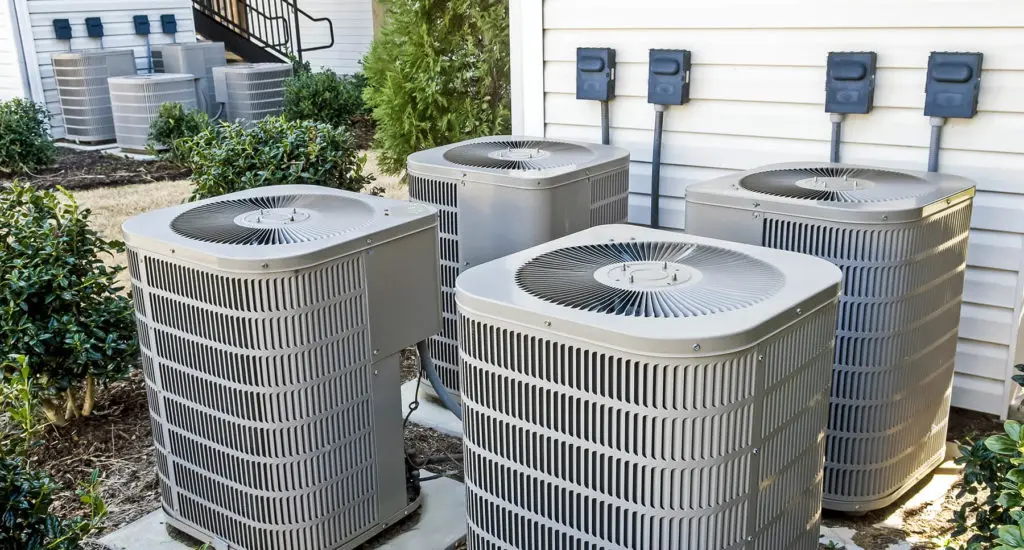
This image is property of southern-energy.com.
Efficient Equipment and Upgrades
Choosing high-efficiency HVAC equipment and considering system upgrades can significantly improve energy efficiency and reduce energy consumption. Here are some equipment-related tips to maximize HVAC efficiency:
Choose High-Efficiency HVAC Equipment
When it’s time to replace your HVAC system, opt for high-efficiency equipment with a high Seasonal Energy Efficiency Ratio (SEER) rating for cooling and a high Annual Fuel Utilization Efficiency (AFUE) rating for heating. High-efficiency equipment is designed to consume less energy while providing optimal comfort and performance.
Upgrade to Energy-Efficient Models
If your current HVAC system is still in good condition, consider upgrading specific components to improve energy efficiency. For example, upgrading to a high-efficiency condenser unit or an energy-efficient furnace can help reduce energy consumption and enhance overall HVAC performance. Consult with an HVAC professional to determine the best upgrade options for your specific needs.
Consider Ductless Mini-Split Systems
Ductless mini-split systems offer a highly efficient alternative to traditional HVAC systems. These systems consist of individual indoor units connected to an outdoor unit, allowing for zonal temperature control without the need for ductwork. Ductless mini-split systems can offer significant energy savings, especially in homes with specific temperature requirements for different areas.
Install Variable Speed Motors for Better Efficiency
Variable speed motors in HVAC equipment can adjust their speed according to the specific cooling or heating needs, which can significantly improve energy efficiency. These motors operate at lower speeds most of the time, consuming less energy while maintaining consistent comfort levels. Installing variable speed motors in your HVAC system can reduce energy waste and enhance overall efficiency.
Opt for Energy Star Certified Appliances
When purchasing HVAC equipment or appliances, look for the Energy Star certification. Energy Star-certified products meet strict energy efficiency criteria set by the U.S. Environmental Protection Agency (EPA). Choosing Energy Star-certified appliances ensures that you are investing in equipment that will deliver optimal performance while reducing energy consumption.
Now that we understand the significance of efficient equipment and upgrades, let’s delve into ways to maximize insulation and minimize energy loss.
Maximizing Insulation
Proper insulation is essential for preventing energy loss and maintaining a comfortable indoor environment. By focusing on insulation, you can minimize the workload on your HVAC system and improve overall energy efficiency. Here are some insulation tips to maximize efficiency:
Seal and Insulate Air Ducts
In addition to sealing air leaks in the ductwork, it is crucial to insulate the ducts to prevent energy loss. Insulating both the supply and return ducts helps maintain the desired temperature of the conditioned air, reducing thermal losses. By addressing both air leaks and proper insulation, you can ensure that the conditioned air reaches its destination with minimal energy waste.
Use Insulation with Higher R-Value
Insulation materials are assigned an R-value, which indicates their thermal resistance. The higher the R-value, the better the insulation’s ability to resist heat transfer. When installing or upgrading insulation, opt for materials with higher R-values to maximize efficiency. Consult with an insulation professional to determine the appropriate insulation materials and thickness for your specific needs.
Upgrade Attic and Roof Insulation
Proper attic and roof insulation can have a significant impact on overall energy efficiency. Inadequate insulation in these areas can result in substantial heat gain in the summer and heat loss in the winter. Upgrade your attic and roof insulation to recommended levels to minimize energy waste and maintain a comfortable indoor temperature year-round.
Insulate the Basement or Crawlspace
Insulating the basement or crawlspace can help prevent cold air infiltration and minimize heat loss. By insulating the foundation walls and sealing any gaps or cracks in the basement or crawlspace, you can create a more thermally efficient envelope. This insulation helps maintain a consistent indoor temperature and prevents the HVAC system from working harder to compensate for energy losses.
Insulation for Walls and Floors
Proper insulation in walls and floors can significantly improve energy efficiency by reducing heat transfer. Insulate exterior walls to prevent heat gain in the summer and heat loss in the winter. Similarly, insulating floors above unconditioned spaces, such as crawlspaces, can help prevent heat loss and improve overall HVAC performance.
Now that we’ve covered insulation, let’s explore the importance of air balance and zoning for optimal HVAC performance.
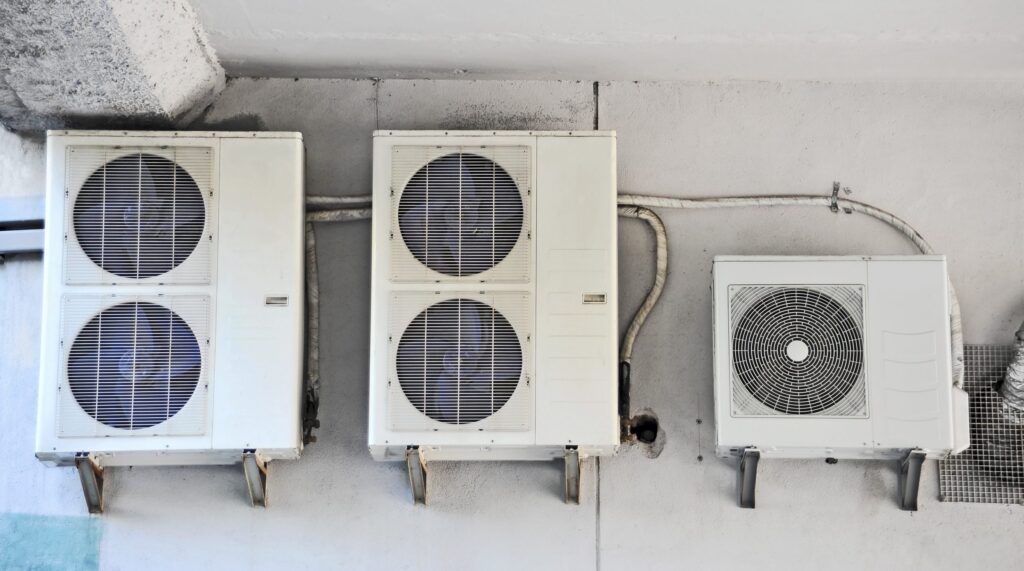
This image is property of www.delcohvac.com.
Air Balance and Zoning
Air balance and zoning systems allow for precise temperature control and ensure that conditioned air is distributed evenly throughout your home. By balancing airflow and implementing zoning systems, you can optimize HVAC efficiency and maximize comfort. Here’s what you need to know:
Balance Airflow to Ensure Even Distribution
Balancing airflow involves adjusting the dampers and registers throughout your HVAC system to ensure consistent air distribution. If airflow is imbalanced, some areas of your home may be receiving more conditioned air than others, resulting in discomfort and inefficiency. Consult with an HVAC professional to properly balance the airflow to ensure even distribution.
Consider Zoning Systems for Specific Temperature Control
Zoning systems divide your home into different zones, allowing you to control the temperature independently in each area. This can be particularly beneficial if certain areas of your home require different cooling or heating requirements. By only conditioning occupied zones, you can minimize energy waste and maximize efficiency.
Adjust Registers for Enhanced Airflow
Properly adjusting the registers in your home can improve airflow and ensure that conditioned air is reaching the desired areas. Experiment with different register positions and partially close registers in rarely used areas to redirect more airflow to the rooms that need it the most. However, be mindful not to completely close off registers, as it can strain the HVAC system and affect overall performance.
Install Dampers in the Ductwork
Dampers are valves installed in the ductwork that allow you to control airflow to different zones or areas of your home. By adjusting the dampers, you can direct more or less conditioned air to specific areas, depending on your comfort needs. Installing dampers can help achieve air balance and enhance HVAC efficiency.
Upgrade to Multi-Zone Heating and Cooling
If you’re looking for a comprehensive solution for temperature control and energy efficiency, consider upgrading to a multi-zone heating and cooling system. Multi-zone systems utilize separate thermostats for different areas, allowing for custom temperature settings in each zone. This flexibility minimizes energy waste and ensures that conditioned air is delivered precisely where it’s needed.
Now that we’ve covered air balance and zoning, let’s explore efficient airflow design for optimal HVAC performance.
Efficient Airflow Design
Efficient airflow design involves optimizing the layout and configuration of your HVAC system’s ductwork. By focusing on proper ductwork design, you can improve airflow, reduce energy losses, and enhance overall HVAC efficiency. Here are some tips for efficient airflow design:
Optimize Ductwork Design and Layout
Proper ductwork design and layout are essential for maximizing HVAC performance. Ensure that the ducts are appropriately sized and have a direct and unobstructed path for airflow. Avoid unnecessary twists, turns, or sharp bends in the ductwork that can restrict or impede airflow. Consulting with an HVAC professional during the design and installation phase can help ensure an optimal ductwork layout.
Minimize Ductwork Length and Turns
The length and number of turns in your ductwork can impact airflow and energy efficiency. Longer duct runs and excessive turns increase resistance, causing your HVAC system to work harder and consume more energy. Whenever possible, minimize the length and number of turns in your ductwork to optimize airflow and maximize efficiency.
Properly Size Ducts for Airflow Needs
Ducts that are too small can restrict airflow, while oversized ducts can lead to inefficient air distribution. Properly sizing the ducts according to the airflow needs of your HVAC system is crucial for optimal performance. Consult with an HVAC professional to determine the appropriate duct sizing based on the cooling and heating requirements of your home.
Avoid Ductwork in Unconditioned Spaces
Ductwork located in unconditioned spaces, such as attics or crawlspaces, can result in energy losses due to thermal transfer. Whenever possible, avoid routing ductwork through unconditioned spaces or insulate the ducts to minimize energy waste. Insulated ductwork helps maintain the desired temperature of the conditioned air, reducing thermal losses and maximizing efficiency.
Install Duct Insulation to Prevent Energy Loss
Insulating your ductwork is essential for preventing energy loss and optimizing HVAC efficiency. Insulation helps maintain the desired temperature of the conditioned air as it travels through unconditioned spaces. By reducing thermal losses, duct insulation ensures that the air reaches its destination with minimal energy waste.
Now that we’ve explored efficient airflow design, let’s discuss weatherization measures to further enhance HVAC performance.
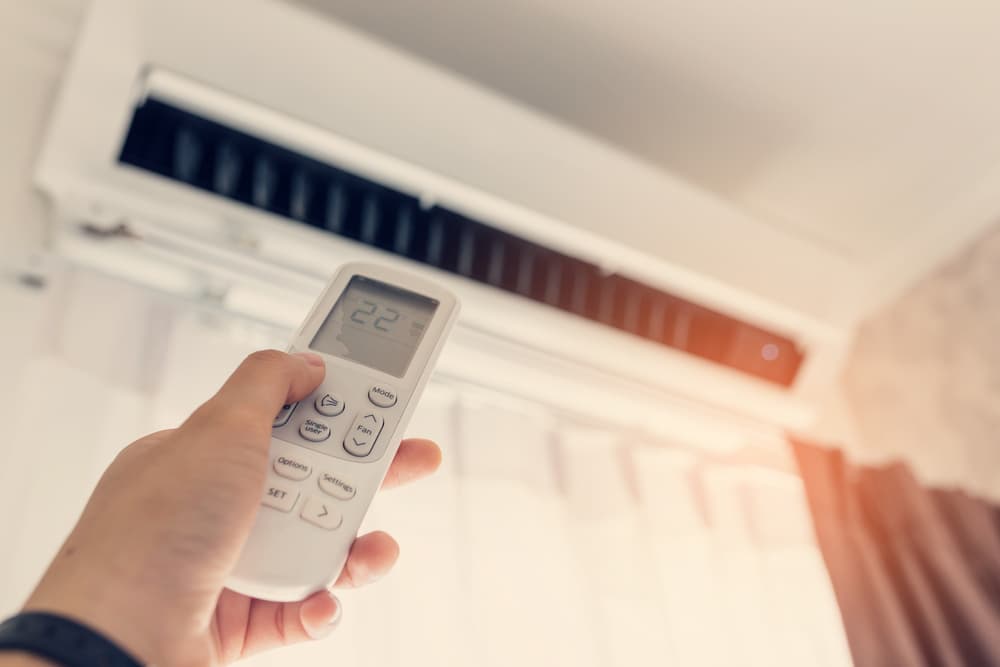
This image is property of www.tophathomecomfort.com.
Weatherization Measures
Weatherization measures focus on improving the energy efficiency of your home by reducing air leaks and minimizing heat transfer. By implementing these measures, you can create a more thermally efficient building envelope and alleviate the strain on your HVAC system. Here are some weatherization tips:
Weatherstrip Doors and Windows
Weatherstripping is a cost-effective way to seal gaps and cracks around doors and windows. Apply weatherstripping to create an airtight seal, preventing conditioned air from escaping and outdoor air from entering. Properly weatherstripped doors and windows improve energy efficiency and reduce the workload on your HVAC system.
Seal Gaps and Cracks in the Building Envelope
Inspect the building envelope for gaps, cracks, or other openings that can allow air infiltration. Seal these gaps with caulk or spray foam to create an airtight envelope. By minimizing air leaks, you can maintain a more consistent indoor temperature and reduce energy waste.
Install Storm Windows or Add Window Film
Storm windows provide an extra layer of insulation and can significantly reduce heat transfer through windows. If replacing your windows with storm windows is not an option, consider adding low-emissivity (low-E) window film to existing windows. Low-E window film helps reflect heat during the summer and retain heat during the winter, improving energy efficiency and increasing comfort.
Utilize Window Coverings for Insulation
Window coverings such as curtains or blinds can provide additional insulation by creating an extra barrier against heat transfer. During hot hours, close curtains or blinds to block direct sunlight and prevent unnecessary heat gain. In colder months, opening curtains during the day to allow sunlight in can help naturally warm your home.
Insulate Exterior Walls and Roof
Adding insulation to exterior walls and roof can significantly improve energy efficiency and reduce heat transfer. Insulated walls and roofs minimize thermal losses, maintain a comfortable indoor temperature, and alleviate the strain on your HVAC system. Consult with an insulation professional to determine the most appropriate insulation materials and techniques for your home.
Now that we’ve covered weatherization measures, let’s explore energy-efficient practices for optimal HVAC performance.
Energy-Efficient Practices
Energy-efficient practices go beyond system upgrades and maintenance tasks. By implementing these practices, you can minimize energy consumption and further enhance the performance of your HVAC system. Here are some energy-efficient practices to consider:
Utilize Natural Ventilation When Possible
Take advantage of natural ventilation by opening windows and doors when outdoor temperatures are favorable. This allows fresh air to enter your home and reduces reliance on your HVAC system. Use natural ventilation as a supplement to your HVAC system, especially during mild weather conditions.
Use Ceiling Fans to Supplement Cooling
Ceiling fans can help improve comfort and reduce the workload on your HVAC system. When cooling your home, utilize ceiling fans to create a cooling breeze, allowing you to raise the thermostat temperature without sacrificing comfort. Remember to turn off ceiling fans when you leave the room to save energy.
Close Curtains or Blinds During Hot Hours
Direct sunlight can significantly contribute to heat gain in your home. Close curtains or blinds during hot hours to block out the sun’s rays and prevent unnecessary heat buildup. By minimizing heat gain, your HVAC system won’t have to work as hard to maintain a comfortable indoor temperature.
Set Temperature Higher when Away from Home
When you’re away from home for an extended period, consider setting the temperature a few degrees higher in the summer or lower in the winter. This energy-saving measure helps reduce unnecessary energy consumption while ensuring that your home remains within a reasonable temperature range. Programmable thermostats make it easy to adjust the temperature settings automatically according to your schedule.
Avoid Heating or Cooling Unused Rooms
Closing the vents in unused rooms can help redirect conditioned air to the areas that actually need it. By limiting airflow to unused rooms, you can optimize energy consumption and reduce strain on your HVAC system. However, be cautious not to completely close off too many vents, as it can impact the overall balance of your HVAC system.
By following these energy-efficient practices, you can reduce energy consumption, minimize your environmental impact, and maximize the efficiency of your HVAC system.
In conclusion, maximizing HVAC efficiency requires a multi-faceted approach, including regular maintenance, optimal thermostat settings, sealing and insulation, proper ventilation, efficient equipment and upgrades, insulation, air balance and zoning, efficient airflow design, weatherization measures, and energy-efficient practices. By implementing these strategies, you can improve the energy efficiency of your HVAC system, reduce energy consumption, and enjoy a comfortable indoor environment while lowering your utility bills. Regular maintenance and professional guidance from HVAC experts like Tempacure Heating and Air Conditioning can ensure that your HVAC system operates at peak performance, providing you with optimal comfort and efficiency for years to come.
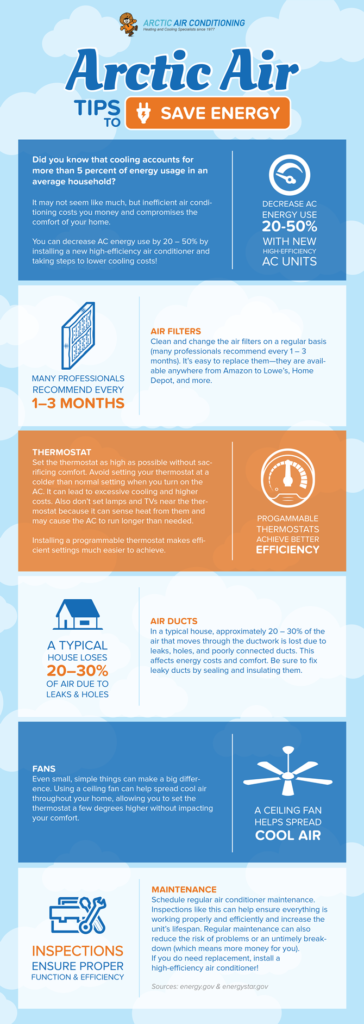
This image is property of www.arcticac.com.


